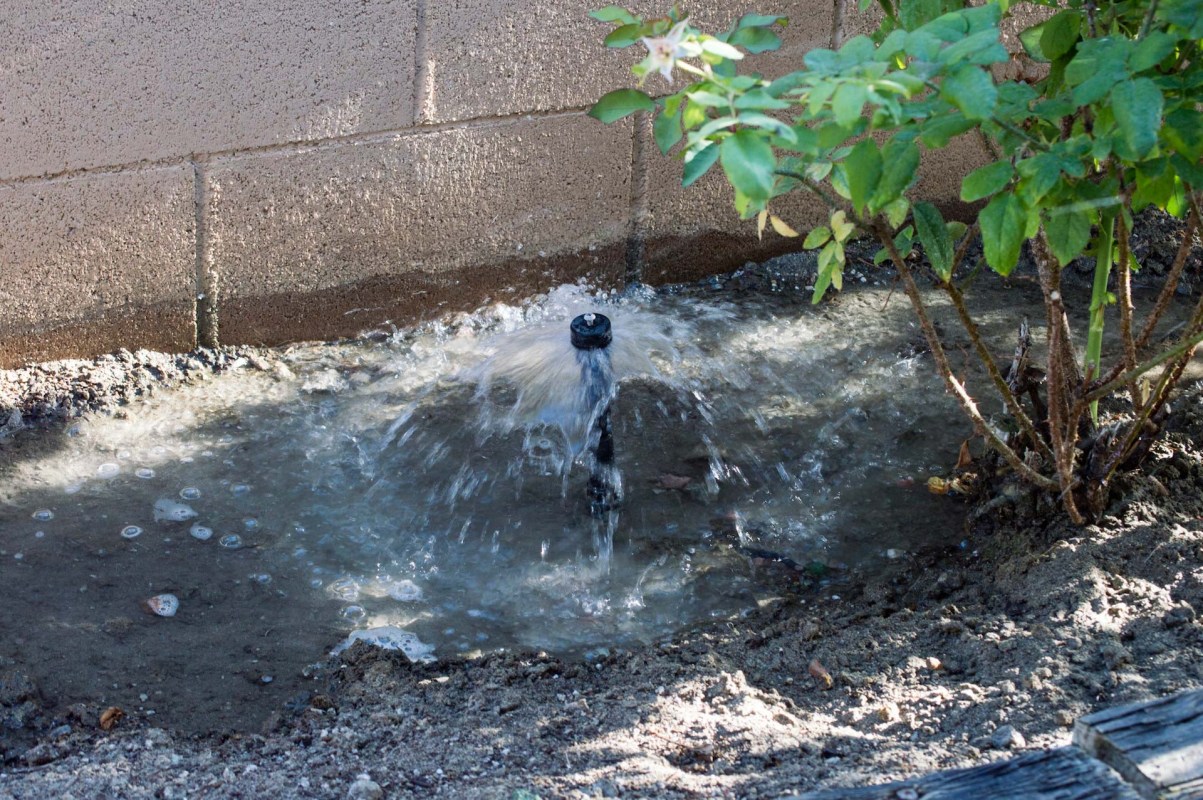The average American wastes up to 30 gallons of water every day. That's not total water use; it's only waste. Every extra gallon of water that flows down the drain is a few more pennies flowing out of your bank account, and they add up — not to mention that fresh water is a limited resource.
Thankfully, just because water waste is common doesn't mean it's inevitable. In fact, it can likely only take a few simple lifestyle changes to cut your waste in half. Here's how.
Home renovations to reduce water waste
Choosing the right appliances and fixtures is step one since the design of a dishwasher or a faucet determines how much water it uses each time you turn it on.
When it's time to replace your washer and dryer, look for a water-saving or eco-friendly model, such as an EnergyStar-rated appliance designed to do more cleaning with less water. It can save you $1,390 in 10 years on energy and water after tax credits.
Also, keep in mind the total impacts of your choices. For example, installing a bidet might seem like it would waste more water. However, because of the amount of water used in toilet paper manufacturing, the bidet is more efficient — plus, you'll save about $135 a year, eliminate about 35 pounds of trash annually, and be cleaner!
How you landscape your yard has a massive impact on your water consumption. Drought-resistant options — like native plants, desert plants, gravel, mulch, and xeriscaping — need little to no water and can often thrive solely on your region's rainfall.
Plus, they need less maintenance than a traditional lawn, without all the mowing and constant weed problems. To help you create a design perfect for your location and needs, contact Yardzen, an experienced landscaping company specializing in low-maintenance native plants.
Collecting rainwater is another way to reduce the impact of watering your yard. On average, a rain barrel costs $140 and can collect 1,300 gallons yearly. It will still cost more than it saves in the first 10 years of use, but the investment is worth it to reduce water waste by 13,000 gallons in the same period.
If you want to produce your own water at home, hydropanels are your friend. These generate water by extracting vapor from the air, potentially saving you thousands over their lifespan while each unit can cut your water needs by about a gallon per day. They cost more than a rain barrel up-front — around $5,000 for a system with two panels — but they could save you $1,350 if you use them for drinking water instead of buying bottled water.
Hacks to reduce water waste
Even if you can't afford to renovate right now, you can cultivate a few good habits to bring your water bill down and protect the environment.
Start by using your dishwasher, which, surprisingly, uses less water than handwashing. If you wash by hand, only put about 2 inches of water in the sink, and don't take more than three seconds when you turn the faucet on to rinse each time.
Next, look for inexpensive water-saving fixtures. A WaterSense showerhead can save the average household 2,700 gallons and $70 a year. A faucet aerator that doesn't even cost $10 will also limit the water flowing down your sink.
Next, check for leaks. A leak means water is escaping 24/7, even when you're not around, so repairing one is worth the price to stop wasting water and protect your home from water damage.
Finally, think about how you can capture and reuse water if you need to leave the tap running — such as when you drip a faucet in winter to keep the pipes from freezing. It can go in the toilet tank, be used for your garden, cooking, and cleaning, or serve as drinking water.
Join our free newsletter for easy tips to save more, waste less, and help yourself while helping the planet.









